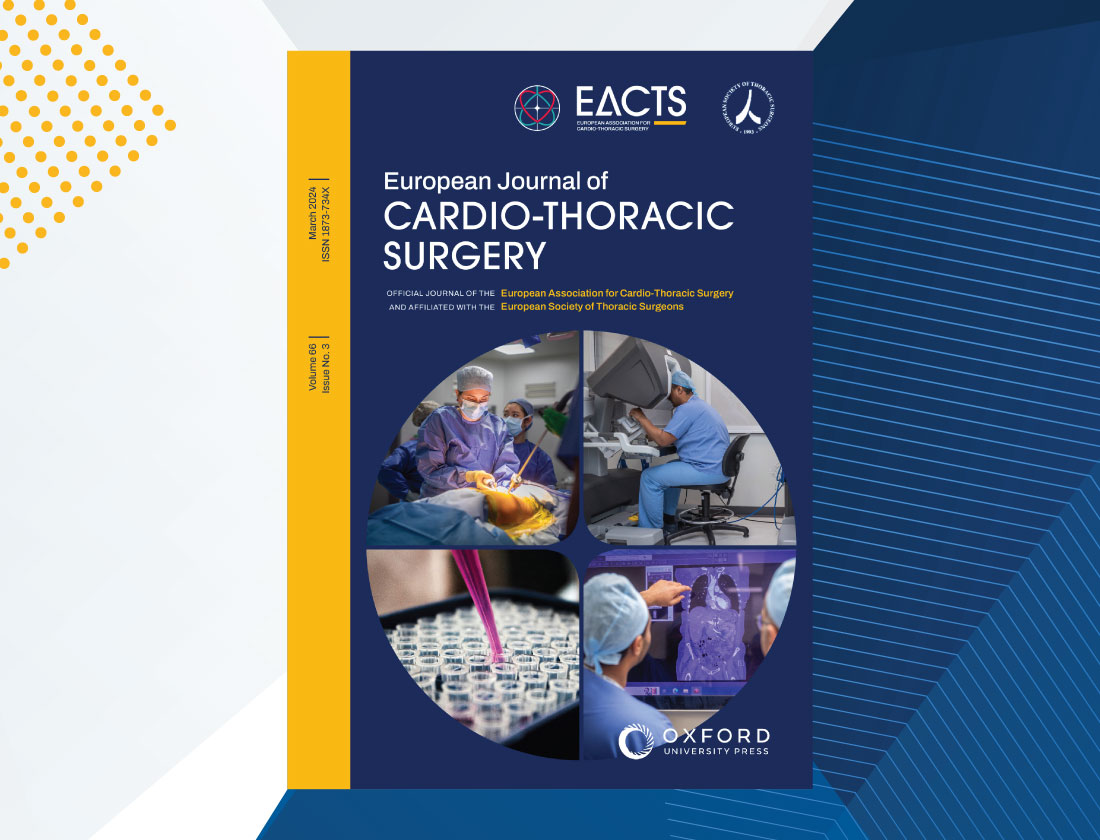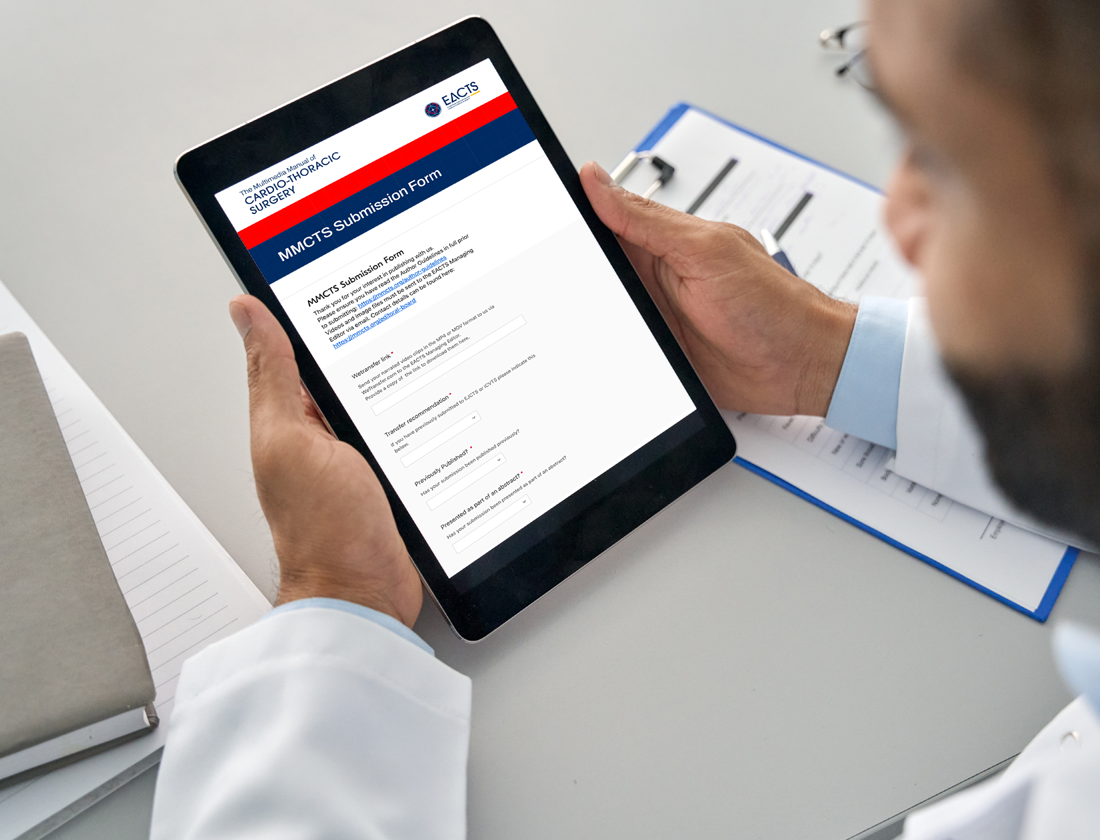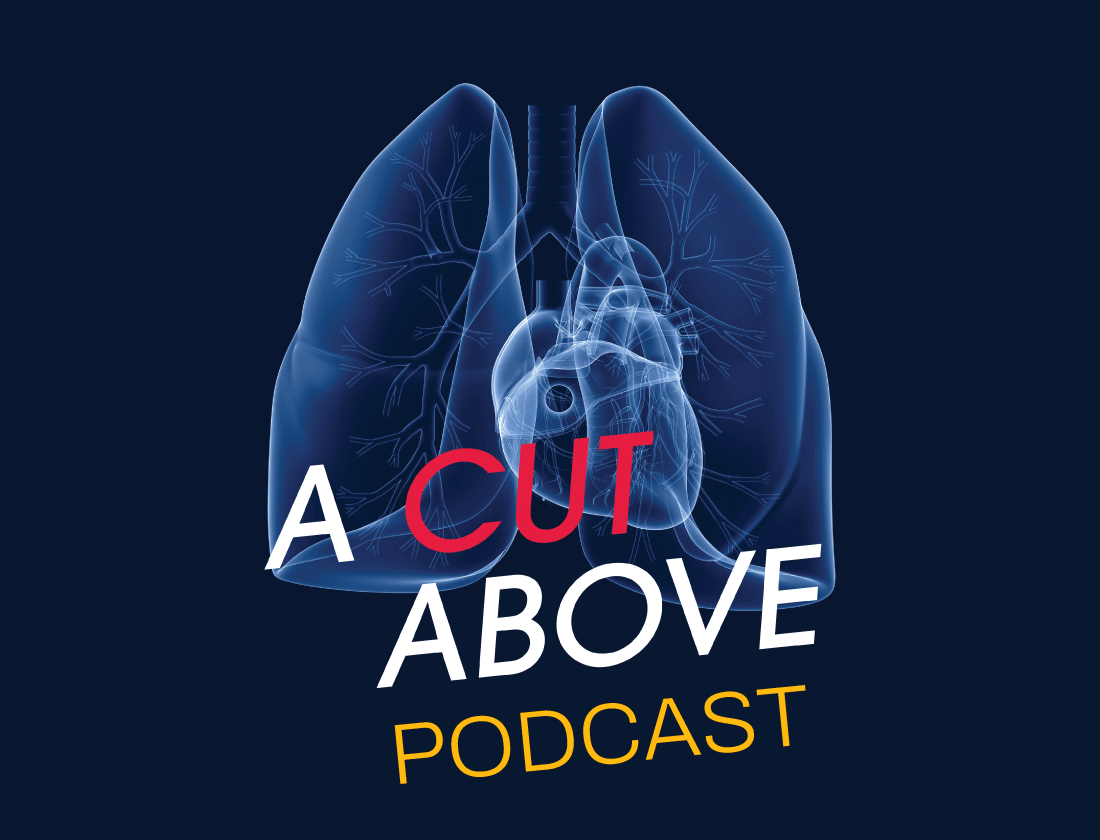Tutorial
Heart procurement in a multi-organ donor
The first orthotopic heart transplant was performed in 1967. Following on from this achievement, the first major evolution in heart transplantation was the transition from biatrial anastomosis to separate caval anastomoses, in 1991. Various strategies for myocardial protection have been used for this. This video tutorial describes heart procurement for a bicaval anastomosis technique in a case of multi-organ procurement.
The first human heart transplantation in 1967 was inspired by the technical methods described by Lower and Shumway in 1960 . The technique remained relatively unchanged until the bicaval approach was described , assuring better atrial function and fewer arrhythmias.
This was a brain-dead donor.
Basic equipment
Sternal saw
Aortic clamp
Cardioplegia cannula with its tubing and a pressure bag
Defibrillator and its paddle, if available
Cardioplegia solution
In our practice, we perfuse 2 L of Custodiol® HTK solution (Essential Pharmaceutical, Durham, NC, USA) antegrade for 7 minutes (or 20 mL/kg in pediatric donors). This hyperpolarizing, low-sodium solution is mostly a histidine-tryptophan-ketoglutarate solution and guarantees at least 3 hours of protection [3]. We almost never perform a second dose of cardioplegia.
Evaluation
In cases of multiple harvest, the cardiac surgeon starts last. The first step is to verify the stability of the donor by inspecting the arterial blood gas and vasopressor support. A preharvest checklist is completed, with particular focus on the echocardiogram and coronary angiogram if it was performed. Cardiac harvest is not precluded if an additional procedure is required, such as one coronary artery bypass graft, aortic valve replacement, or mitral cleft repair.
The recipient
The team that is preparing the recipient should already be contacted, as the clamping time should be as brief as possible. Survival is improved when clamping time is under 4 hours [4].
Harvesting
The donor heart is accessed through a full median sternotomy. This has often already been performed by one of the other teams. The pericardium is opened longitudinally and extended in an inverted T and widely opened. Local hemostasis is obtained with electrocautery and bone wax if necessary. Retention sutures are placed bilaterally and retracted with clamps (to allow easy transition between the lungs and the heart). The heart is thoroughly inspected. Contraction, kinetics, and volume of the ventricles are evaluated. The coronary arteries are palpated, especially if no coronary angiogram was performed.
Another call should be made to the recipient team to confirm the eligibility of the heart and to ensure coordination between teams.

1 - Exposure (0:10)
Anatomic manipulation of the heart can lead to hemodynamic instability, especially through arrhythmias like atrial fibrillation. Often, with concomitant liver and kidney harvest, the donor patient has already lost blood and presents with tachycardia and requires vasopressor support. When the heart exhibits an atrial fibrillation in this context, the situation can become unstable and require a prompt cardioversion with a defibrillator. However, the filled vascular structures are easier to recognize, and planes or structures are better respected. If the heart is carefully manipulated, this should be well tolerated.
The superior vena cava (SVC) and the innominate vein (IV) are prepared. The avascular tissue posterior to the SVC is divided with care to avoid injuring the azygos vein (AV). One should take the SVC at least over the AV, but in cases of complex transplantation, it is better to harvest it longer, especially for a congenital recipient.
The most complex situation is after a Fontan. The SVC is anastomosed to the pulmonary arteries and might be stenotic or have a stent inside. This will require a much longer SVC or even IV to perform a good anastomosis. Some patients with degenerative heart diseases might also require many procedures in the SVC (pacemaker and defibrillator leads for example), also making the anastomosis more difficult.The AV is prepared so that it can be clamped later or it can be closed at this stage with a clip. A suture is wrapped around the SVC and under the AV and placed in a tourniquet. It will be used to clamp and stop the blood flow from these two vessels.
The aorta is mobilized from the main pulmonary artery (MPA). A suture can be wrapped around the aorta. It will be helpful to pull slightly on the aorta during clamping in order to ensure that it is totally clamped and to avoid hurting the right pulmonary artery.
The inferior vena cava (IVC) is liberated from the pericardium. This will help ensure that the IVC is cut, not the atria. In case of concomitant liver harvest, it will be easier to judge the correct length required for each part. However, this requires manipulating the heart to provide good exposure and can provoke arrhythmias.

2 - Clamping (1:14)
Heparin is given, 3 mg/kg (300 Ui/kg). The aorta is cannulated. The MPA is cannulated just before the bifurcation (the final third of the MPA). Clamping is possible after 2 minutes.
It is better to clamp on an empty heart, but the sequence we propose here is not mandatory:
- The tourniquet around the SVC is closed.
- The IVC is clamped.
- The left atrial appendage is sectioned (wide enough for the pulmonary solution to be drained there).
- The aorta is clamped and the cardioplegia line is opened. The pressure inside the aorta should be around 80 mmHg. In our practice, 2 L of Custodiol are injected into the ascending aorta for 7 minutes.
- The clamp on the IVC is released and a large incision is made in the IVC. (The clamp on the IVC is not mandatory and, if it is used, it should be removed as fast as possible to avoid venous hypertension in the abdominal organs). The incision should be large again, because the solution for the abdominal harvest will drain here. This incision should not be too high because there will not be enough tissue for the IVC anastomosis on the recipient, but also not too low because the liver needs some IVC too. Ice is placed on the heart.
The hole in the left atrial appendage should be checked to make sure that the pulmonary solution is draining easily and not filling the heart or creating pulmonary edema. It is important to regularly check the distension of the heart and the aortic root pressure.

3 - Cardiectomy (2:17)
Various strategies exist for cardiectomy. The SVC is sectioned at least at the level of the AV (but not lower). The pulmonary and the aortic cannulae are removed. The aortic clamp is removed; in this way a longer part of the ascending aorta can be harvested. In complicated cases, it can be necessary to take a part of the aortic arch. The MPA is then transected at the level of the pulmonary cannula (last third of the MPA, to avoid injury to the pulmonary valve). The pulmonary bifurcation should stay with the lungs, but the MPA should stay with the heart.
The heart is then pulled up to expose the inferior wall of the left atrium (LA). The incision on the IVC is extended. This should be done in collaboration with the abdominal procurement team to ensure that there is also enough cuff of IVC for the liver transplant.
If the lungs are also harvested, enough tissue should be left around the pulmonary veins. After the heart is reclined, an incision should be made at the mid-height of the LA, leaving 1 cm of tissue over the pulmonary veins. The incision is made in the left atrium, midway between the coronary sinus and the origin of the left inferior pulmonary vein. The incision is extended rightward, in Waterston’s groove at the mid-point between the fused margin of the right and left atria and the connection of the right pulmonary veins. On the left, the incision is extended approximately 1 cm over the connection with the left pulmonary veins and continued to the base of the left atrial appendage. The incision is then extended on the roof of the LA, just under the pulmonary arteries.
When the heart is harvested, the vent opening in the left atrial appendage is repaired, and the interatrial septum is inspected to rule out a patent foramen ovale or to fix it. All valves are carefully examined.
The heart is then placed in a bag filled with cardioplegia solution at 4°C. Two additional sterile bags are wrapped around it. These bags are then placed in a sterile container and then in a cooler for transport.
A last call to the recipient team is made to ensure that everything is well coordinated for the implantation.
The bicaval technique was first reported in 1991 by Dreyfuss. It provided better contraction of the right atria in comparison to the biatrial technique, as well as less AF and reduced sinus node dysfunction . The use of Custodiol® has proven to be effective, and it is one of the most appropriate cardioplegia solutions for use in heart procurement. .
- Lower RR, Shumway NE. Studies on the orthotopic homotransplantation of the canine heart. Surg Forum 1960;11:18.
PubMed Abstract - Dreyfus G, Jebara V, Mihaileanu S, Carpentier AF. Total orthotopic heart transplantation: An alternative to the standard technique. Ann Thorac Surg. 1991;52:1181–1184.
PubMed Abstract | Publisher Full Text - Preusse CJ. Custodiol Cardioplegia: A single-dose hyperpolarizing solution. JECT. 2016;48:15–20.
PubMed Abstract | Free Full Text - Russo MJ, Chen JM, Sorabella RA, Martens TP, Garrido M, Davies RR, et al. The effect of ischemic time on survival after heart transplantation varies by donor age: an analysis of the United Network for Organ Sharing database. J Thorac Cardiovasc Surg. 2007;133:554–9.
PubMed Abstract | Publisher Full Text - Brandt M, Harringer W, Hirt SW, Walluscheck KP, Cremer J, Sievers HH, et al. Influence of bicaval anastomoses on late occurrence of atrial arrhythmia after heart transplantation. Ann J Cardiol 1997;80:1631–5.
PubMed Abstract | Publisher Full Text - Traversi E, Pozzoli M, Grande A, Forni G, Assandri J, Viganò M, et al. The bicaval anastomosis technique for orthotopic heart transplantation yields better atrial function than the standard technique: an echocardiographic automatic boundary detection study. J Heart Lung Transplant. 1998;17:1065–74.
PubMed Abstract - Mokbel M, Zamani H, Lei I, Chen YE, Romano MA, Aaronson KD, et al. Histidine-tryptophan-ketoglutarate solution for donor heart preservation is safe for transplantation. Ann Thorac Surg. 2019 Aug 27. pii: S0003-4975(19)31228-7.
PubMed Abstract | Publisher Full Text
None declared.
Authors
Raymond Pfister, MD, Patrick Myers, MD, Lars Niclauss, MD, Piergiorgio Tozzi, MD, René Prêtre, MD, Matthias Kirsch, MD
Author Affiliation
Department of Cardiac Surgery,
Centre Hospitalier Universitaire Vaudois,
Lausanne,
Switzerland
Corresponding Author
Raymond Pfister
Department of Cardiac Surgery,
University Hospital Lausanne,
rue du Bugnon 46,
1011 Lausanne,
Switzerland
Email: raymond.pfister@chuv.ch
© The Author 2020. Published by MMCTS on behalf of the European Association for Cardio-Thoracic Surgery. All rights reserved.








